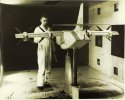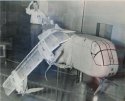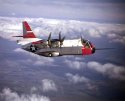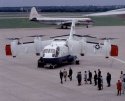Regarding that aero package you already brought up in the J-20 thread, by now there's really not much more I can say about it.
Apparently those ILS covers beneath the canopy are now delta shaped with a 70° sweep. I've read somewhere their main purpose is to optimize airflow eventually reaching the vert stab. Those LERXs are for the main wing.

The Typhoon, from the beginning, was designed for superior kinematic / maneuver performance in the transsonic regime. And also efficiency when supersonic. That comes at a price in the slow speed / high AoA region. Something these things are ment to correct. So that it may break in the last area where F-18 / F-16 type aircraft may still hold a slight advantage.
Nevertheless, these high AoA maneuvers of course come at the expanse of drag. And the Typhoon, being an energy fighter, will likely alway choose a rate fight over a radius fight.
Very fine report master Scratch, in fact grade A work, but engineers, Air Forces do not spend money unless they need to, that the basic design of the Euro-Fighter is being enhanced tell us there is a NEED, if the F-18 and F-16 are challenging??? imagine the T-50 and J-20 or even Su-30 or Su-35 with thrust vectoring??
No doubt the Typhoon is fast, and a very happy airplane at "altitude", all outstanding qualities, now it will have that mid altitude turning performance that is so necessary if the proverbial furball does develop?
oh and very nice picture





